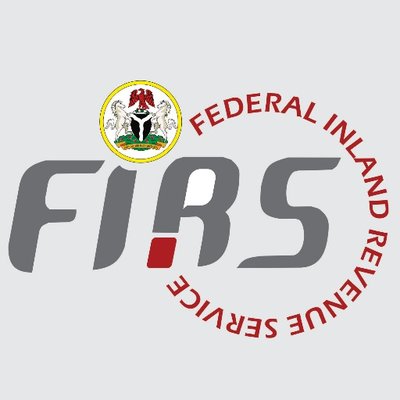The Federal Inland Revenue Service (FIRS) has begun to onboard large taxpayers on its Merchant Buyer Solution (MBS) interface ahead of the full implementation of the National E-Invoicing project, scheduled to go live by July 25, 2025.
The E-invoicing, according to the FIRS is a Merchant Buyer Solution which provides a digital representation of transactions between suppliers and buyers, effectively replacing traditional paper or electronic documents such as invoices, credit notes, and debit notes.
The FIRSMBS is a digital portal that shall be used by all Value Added Tax (VAT) registered taxpayers’ businesses to manage the issuance of e-invoices in accordance with Section 25, Part 5 of the Tax Administration and Enforcement Act 2007.
Sodiq Arogundade, the agency’s Lead consultant, MBS project stated this during an interview with newsmen after the stakeholders’ engagement with Oil & Gas Services and Midstream Sector held in Lagos, stressing that the MBS was designed with an effective Application Programming Interface in a bid to ensure its user-friendliness.
“The system is ready, it’s completely ready. We have several large taxpayers that are piloting at the moment, some are ready to go live with the system. We have set July 25 to go live on the system with the MBS solution. We are also making sure that we accommodate as many innovators as possible to build end users’ products. What we have built is basically, a 100% restful API system,” he said.
He added that the implementation of the e-invoicing project would allow businesses to start generating electronic invoices, while stressing that there is no pressure for business to integrate into the system immediately.
“Yes, so it’s for the entire system to go live, but nothing is mandated. There is no mandatory use of e-invoicing at the moment. I don’t know what the plan is, but what I know is that the system will be fully available for whoever is interested to enable their businesses.
“So you have that decision to make as a business to be part of it by enabling yourself on the portal. So the system is ready and is ready to start allowing you to generate electronic invoicing,” he said.
He explained the process of generating an e-invoice, saying that some Original Equipment Manufacturers (OEMs) have engaged the agency to build a middleware service, saying it would help to simplify the process.
“We have several OEMs that are talking to us and they are also integrating to make sure that they create some sort of middleware service. Some are also working to make sure that they have a connector that makes the system integration seamless.
“So you don’t need to do heavy software or change management overall. What you just need to do is log into their system, activate the invoicing plugin, and you have access to the access point provider and you are also able to generate the invoicing and the format and the standard that is specified in the guideline,” he said.
Earlier the agency’s Director of Technology, Richard Kimeku, said the e-invoicing project was designed to ensure transparency and improve the country’s tax administration, noting that it is not a payment platform but a tool of transaction.
“It’s extremely critical in the sense that we’re going to have data on transactions and it could be used across human resources and security. It is going to be used by businesses to understand the market, purchasing trends and all of that. And more importantly, it’s going to be used by the Federal Inland Revenue Service to know what the transactions are, and what the actual tax liability is.
“And so, things like turnover and suppression will not be there anymore because it is transparent and visible and it will mean a better view of tax administration,” he said.





